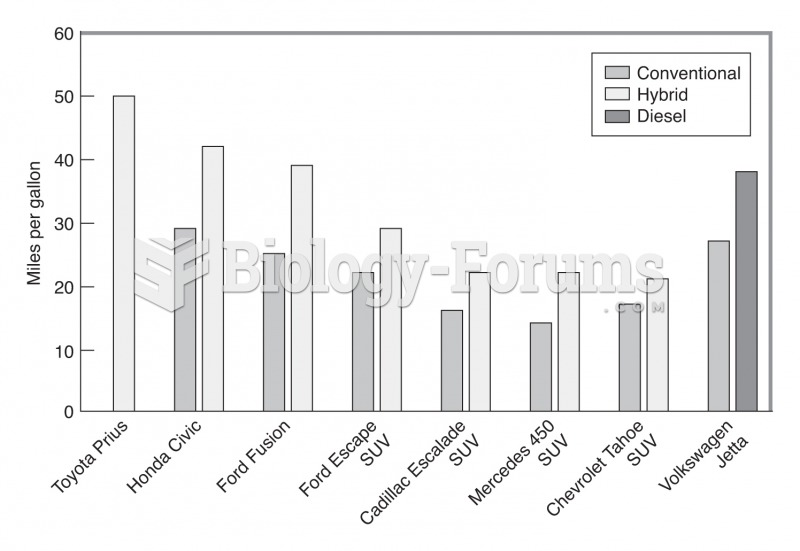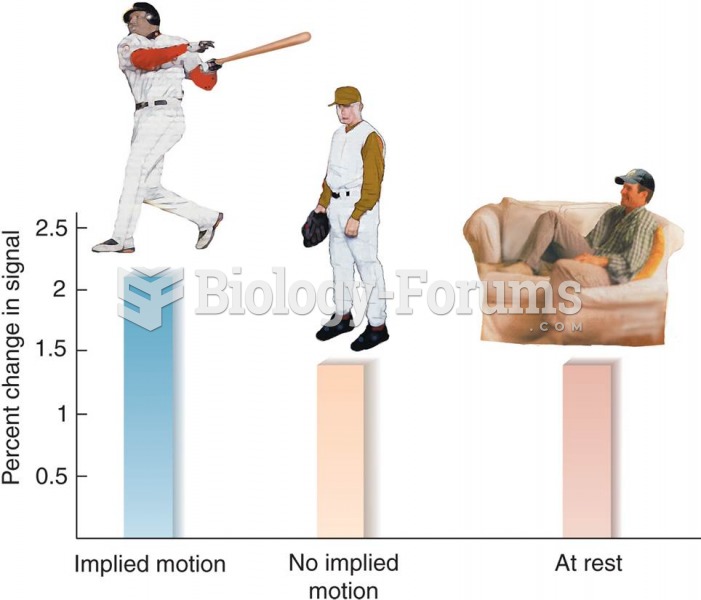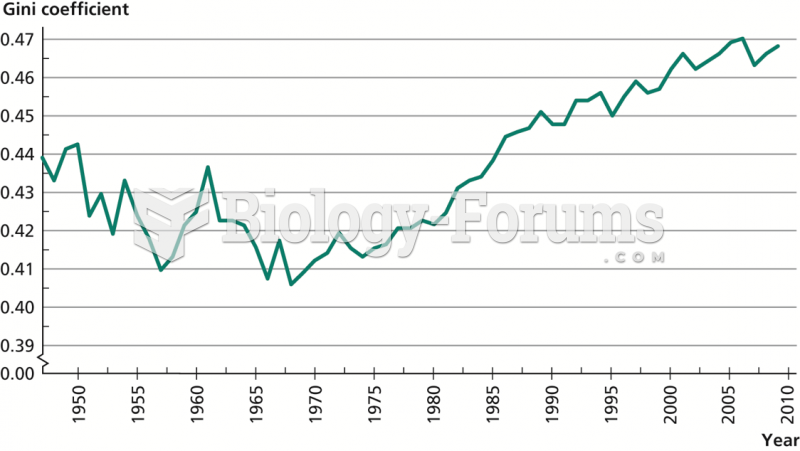A study of changing speed limits in the United States finds no evidence that higher limits fuel more deaths. A scientist examined shifts in speed limit laws over the past few decades. Highway speed limits were initially throttled in the 1970s in response to the gas shortage. In the 1980s the focus shifted to public safety. Yet in 1995, Congress returned all speed limit authority back to the states, and many states raised their top highway speeds. While limits ranged from 75 mph to 55 and back again, no significant increase in fatalities per mile driven are evident. In fact, from 1968 to 1991, the fatality rate per 100 million miles declined by 63.2 percent. The scientist attributes the decrease to safer cars, increased use of seat belts, an increase in the minimum legal drinking age, and better road maintenance. Automobile safety features and enforcement emerge as important factors in increasing highway safety, the scientist contends. Speed limits are far less important. In the study safer cars, increased use of seat belts, an increase in the minimum legal drinking age, and better road maintenance are mentioned as reasons for a decline in the fatality rate between 1968 and 1991 . What do we call these 4 variables?
a. Response variables
b. Qualitative variables
c. Confounding variables
d. Interacting variables
Question 2
A study of changing speed limits in the United States finds no evidence that higher limits fuel more deaths. A scientist examined shifts in speed limit laws over the past few decades. Highway speed limits were initially throttled in the 1970s in response to the gas shortage. In the 1980s the focus shifted to public safety. Yet in 1995, Congress returned all speed limit authority back to the states, and many states raised their top highway speeds. While limits ranged from 75 mph to 55 and back again, no significant increase in fatalities per mile driven are evident. In fact, from 1968 to 1991, the fatality rate per 100 million miles declined by 63.2 percent. The scientist attributes the decrease to safer cars, increased use of seat belts, an increase in the minimum legal drinking age, and better road maintenance. Automobile safety features and enforcement emerge as important factors in increasing highway safety, the scientist contends. Speed limits are far less important. What type of study is described above?
a. Prospective observational, because we already know that the speed limits were changed at the beginning of the study. We have to wait and see if the fatality rate has changed.
b. Retrospective observational, because records were studied going all the way back to the 1970's.
c. An experiment, people have to actively drive their cars at these different speed limits.







